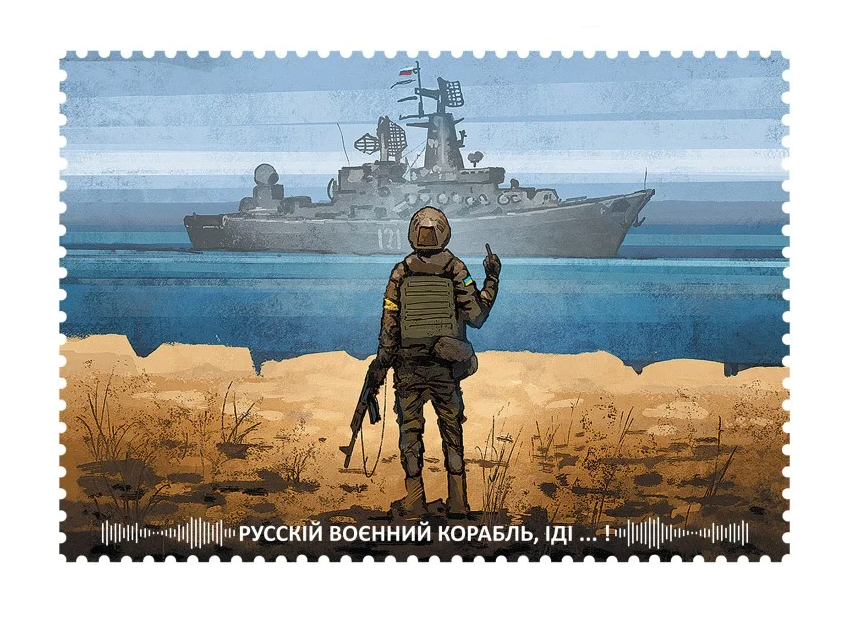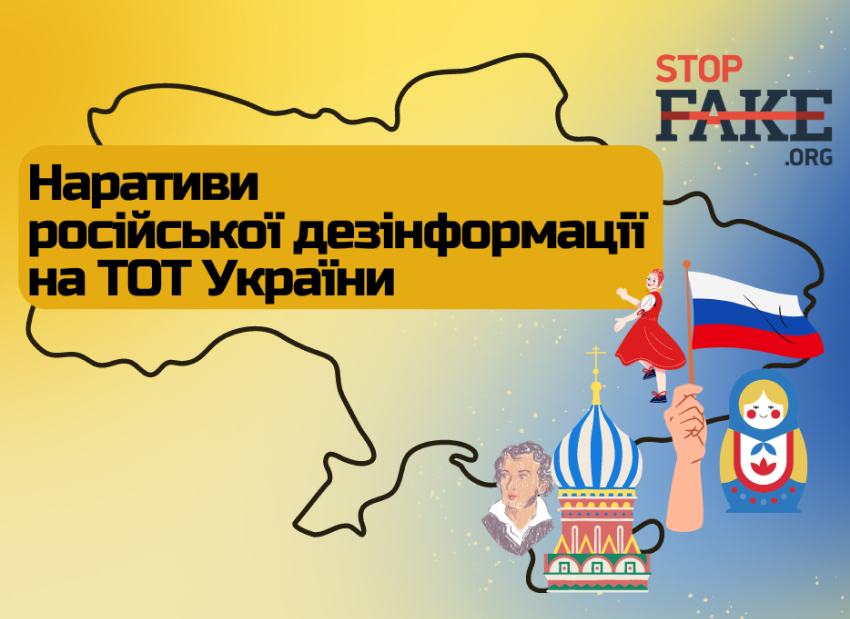Non-violent resistance is a method of conflict that confronts the enemy, but without weapons. It is not morally superior to violent methods, nor is it equivalent to pacifism. But its advantage is that anyone – young, old, male, female – can participate. This is important for a simple reason: the greater the number of people who participate, the greater the amount of disruption for the Russian occupiers.
The tactics of non-violence are almost limitless: public displays of Ukrainian identity, shaming Russian officials, refusing to cooperate in Russia’s illegal political processes, misleading Russian soldiers…
But what’s the impact? Look at how the Russians respond. The Russian authorities are going to great lengths to counter the Underground. Warnings to Russian soldiers about Mavka’s “hospitality”; FSB agents investigating Yellow Ribbon activists; Russian propagandists creating stories to discredit the Resistance; Russian officials forced to relocate because their identities and locations have been exposed. The Resistance is disrupting Russia’s military and political operations wherever possible.
NVR also mutually reinforces armed and violent actions by the ZSU. As a spokesman from the Special Operations Center noted, “when a Russian soldier walks around Melitopol and sees a trident painted somewhere, and then reads on Telegram that a car has been blown up somewhere, a picture comes together for him. He understands that both combat groups and civilians are working against him”.
With the Russians tightening their control on the occupied territories, non-violent resistance is one of the only means left to resist the enemy, create difficulty for them, and remind them that the territory they occupy is still Ukrainian. No weapons or military skills are needed, only belief, bravery, and imagination.




Top 10 Methods of NVR
The number of methods for non-violent resistance runs into the hundreds. The only limitation to non-violent resistance tactics is a person’s imagination. Below are some of the methods employed by Ukraine’s NVR movements and others inside the TOTs in the last two years.
- Displays of Ukrainian and pro-Ukrainian symbols and acts (e.g., the Yellow Ribbon, the Ukrainian flag, graffitied slogans)
- Leaflets, newspapers, and posters (e.g. to inform locals about what’s actually happening in order to cut through Russian propaganda)
- Disclosing identities of and exposing Russian soldiers and officials (e.g. releasing their names and addresses and shaming them for their activities)
- Non-cooperation with Russian authorities (e.g. refusing to send children to school)
- Advocating for people to participate in non-violent resistance (e.g. through online and offline campaigns, chatbots)
- Facilitating the escape of individuals from TOTs
- Providing alternative education means to children
- Removal of Russian symbols and signs (e.g. burning a Russian flag)
- Humour and satire counterfeiting (satirical counterfeiting of Russian banknotes, memes and mockery)
- Disrupting administrative functions (e.g. overloading and confusing illegitimate election commissions)




Read also




